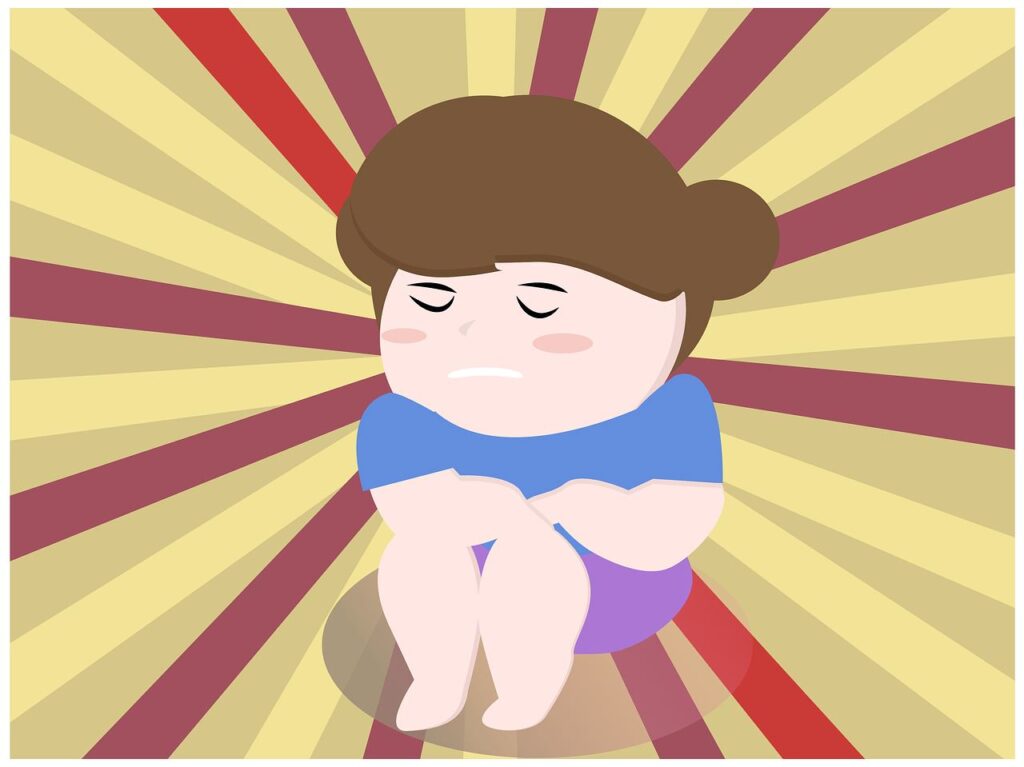
According to USA Facts, 43% of Americans are obese. And according to my Body Mass Index (BMI) fat measurement, I am obese. Now that’s a label I refuse to accept.
The first one to tag me as obese and tell my doctor that “optimizing the patient’s BMI is clinically indicated” was the pulmonologist who diagnosed me with Sleep Apnea. He’d never laid eyes on me, but calculated my BMI as 32.08 based on my weight of 73 lbs (33 kgs) and height of 3’4” (101.6 cms). (A BMI of 30 or greater rates as obese.)
Want to subscribe to receive blog updates sign up today!
Some Little People have been declined surgery until they reduce their BMI. When employer wellness tests identify obesity based on an employee’s BMI, insurance can be denied or premiums increased. Anxiety episodes can be triggered and serious body image issues can develop.
As 33-year-old Sammy said, “There’s a fine line between health information and body shaming, and I have felt like I have been balancing that tightrope my entire life.” When Kobie’s BMI classified her as overweight, she responded by exercising too much and eating less. As a result, she was undernourished, constantly thought about food, and couldn’t concentrate properly when studying.
BMI is widely used in the medical community because it’s an inexpensive and quick method for analyzing health status and outcomes. Critiques that it doesn’t account for body composition, ethnicity, race, gender, age, or dwarfism are largely ignored. For instance, in 2013 the American Journal of Medical Genetics published a letter from several doctors—including Dr. Julie Hoover-Fong, the Chair of the Little People of America Medical Advisory Board. They advised against applying current BMI guidelines to adults with dwarfism as “inaccurate as a surrogate of body fat or predictor of health outcomes.”
So how does a person with dwarfism assess a healthy weight? My husband Robert was denied entry into a Weight Watchers program because his doctor had no standard for calculating a goal weight!
The weight for age charts published in 2007 for children with Achondroplasia dwarfism cuts off at age 16 and Achondroplasia only accounts for 60 percent of the dwarf population. What about adults and little people with one of the other 399 dwarfism types? We have no data to guide us.
If I followed the weight chart for a 16-year old female with Achondroplasia, I’d be huge and barely able to walk. At the 50th percentile, I’d weigh 99 lbs (45 kgs) and have BMI of 43.5; at the fifth percentile, I’d weigh 92 lbs (42 kgs) and have a BMI of 40.
So without an accurate measure of a healthy body weight, little people turn to alternative measurement standards, like hydrostatic (underwater weighing), skinfold pinches, waist-to-hip ratio, waist-to-height ratio, and neck circumference. But the accuracy and applicability of these measures to dwarfism is also questionable.
Ten years have passed since it was reported in the American Journal of Medical Genetics that “Studies to address these issues are underway.” It’s time to move the BMI research needle from talk to research to results!
Ready to dig deeper? Read:
- “Calculate Your Body Mass Index.” National Heart, Lung, and Blood Institute, National Institutes of Health. https://www.nhlbi.nih.gov/health/educational/lose_wt/BMI/bmicalc.htm
- Julie Dickson, ABC Sport Intern. “If the body mass index stops measuring health and starts causing shame, change the game.” ABC News, Australia. April 3, 2022. https://www.abc.net.au/news/2022-06-04/body-mass-index-fitness-health-short-stature-disability-gym/.
- Reviewed by Erica Ramirez, PA-C and Yvette Brazier. “How much should I weigh for my height and age?” Medical News Today. Updated on November 29, 2021. https://www.medicalnewstoday.com/articles/323446.
- Kerry J. Schulze et al. “Body Mass Index (BMI): The Case for Condition-Specific Cut-Offs for Overweight and Obesity in Skeletal Dysplasias.” Letter to the Editor, American Journal of Medical Genetics, Volume 161, Issue 8, August 2013. Pages 2110-2112. https://onlinelibrary.wiley.com/doi/full/10.1002/ajmg.a.35947.
- Julie E. Hoover-Fong, et al and Charles I. Scott. “Age-appropriate body mass index in children with Achondroplasia: interpretation in relation to indexes of height.” The American Journal of Clinical Nutrition. 2009. https://www.lpaonline.org/assets/documents/Age-appropriate%20body%20mass%20index%20in%20children%20with%20achondroplasia.pdf.
- J.E. Hoover-Fong, et al. “Weight for Age Charts for Children with Achondroplasia.” American Journal of Medical Genetics. October 2007. https://pubmed.ncbi.nlm.nih.gov/17764078/.
- Angela Muir Van Etten blog and dwarfism trilogy memoir. https://angelamuirvanetten.com.

2 replies on “Time to Toss and Replace BMI for Dwarfism”
That is very interesting. The medical field surely would like us all to fit in their boxes.
When Faith was in kindergarten the school nurse did a height, weight assessment and determined a BMI. I was shocked to get a letter stating her BMI was too high and she was obese! I asked her doctor who referred me to the Down syndrome height/weight charts. Armed with this information I educated the school nurse. I also made the point that sending this letter was harmful to every child whose parents received it. This information in isolation is worthless and could be dangerous.
I don’t know if schools continue to do this assessment, but doctors should know better than to try classifying all people by one standard.
Thanks for sharing this Paulette. LPA has found an ally for our advocacy to find a more accurate weight assessment tool.